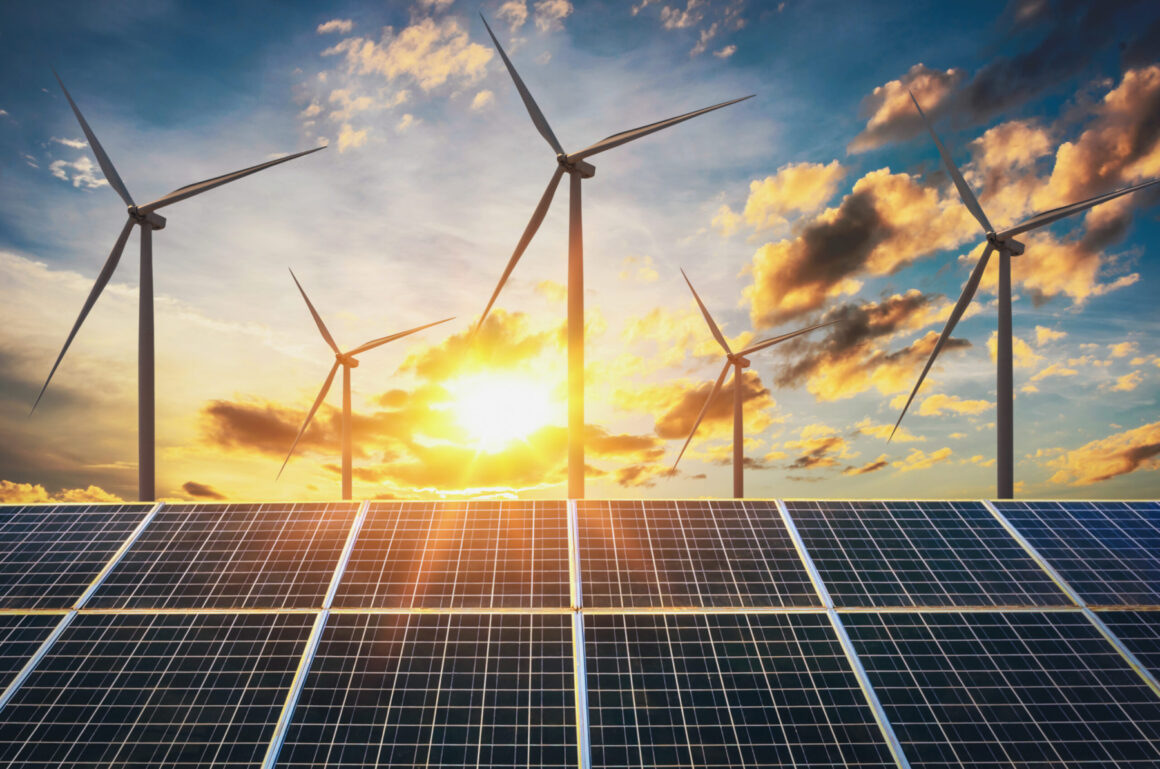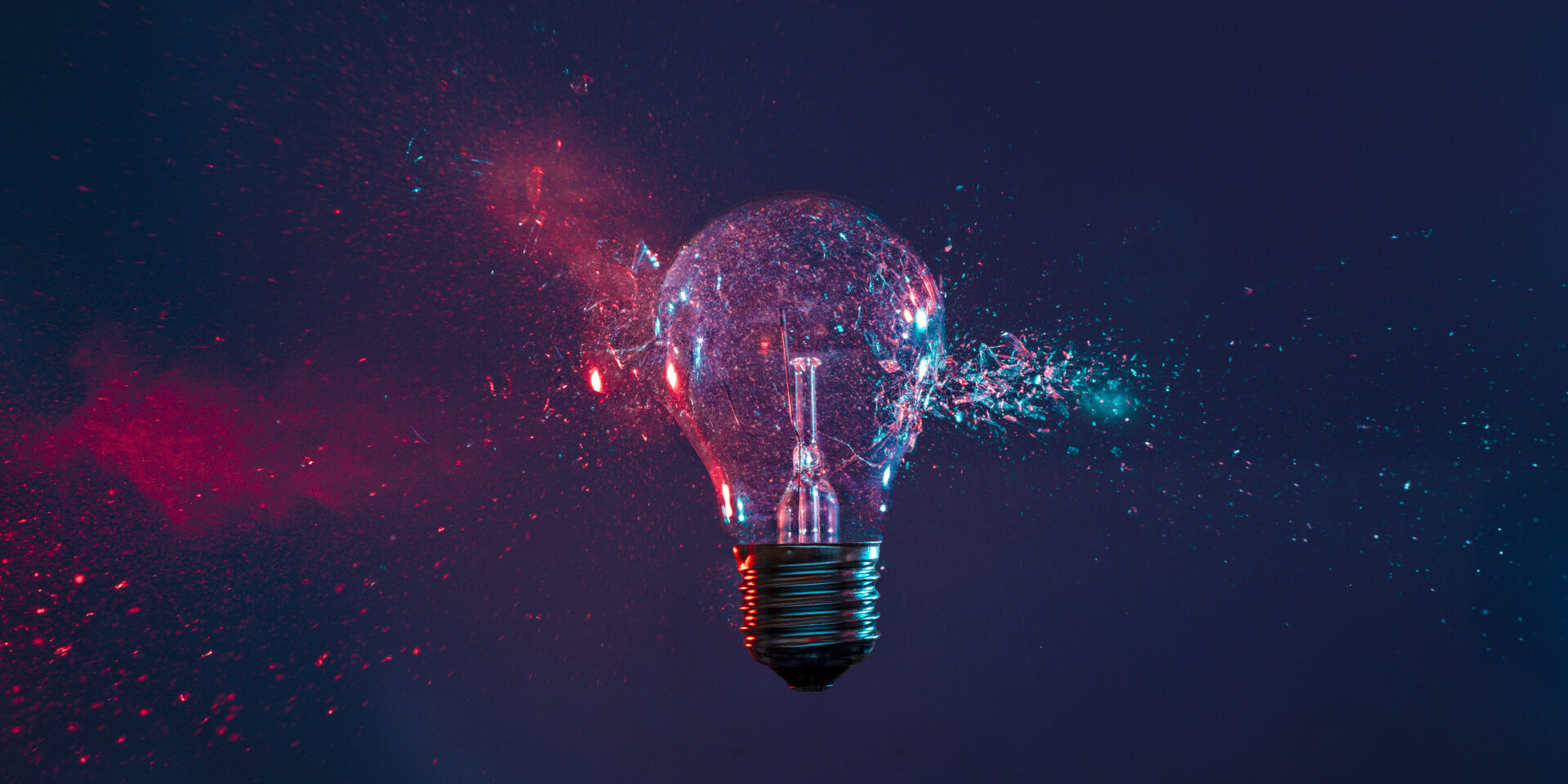Like a lot of things in our lives, we take electricity for granted. Most of us don’t think about how a car runs, how a plane flies, or how our electronics work. We don’t think about how power plants produce the power that make our phones, lights, and appliances work.
Solar panels can be especially baffling. It’s not something that is intuitive or obvious. How does a black rectangle on your roof make your lights turn on?
Solar panels
The type of solar power you might have at your home is a kind called photovoltaic. This means a substance is being used that can convert sunlight into power directly. In most cases, this will be silicon. It is that substance itself, and the properties of it, that make solar power production possible.
Photons in sunlight hit the silicon in the solar cell, which causes electrons in the silicon to become excited and move from one atom to another. Not everything responds to photons in this way, and some other substances respond to a smaller degree. It’s that reaction that produces solar power.
The current from these moving electrons is then harnessed by the solar cell and converted into electricity. What we refer to as a solar panel is an array of these solar cells.
The electricity that an array produces is direct current (DC) power. In order to be used in your household appliances and lights, that power has to be converted from DC into AC (alternating current) electricity. This is accomplished in a current inverter, which is part of the equipment that would be installed when you had panels mounted on your house.
Into the house
From there, the electricity is sent to your fuse box. That’s the point at which your house puts the power to work, doing everything in your house you need electricity for: lights, appliances, charging devices, etc.
The fuse box is also the point at which the power can be redirected into a battery, if your house has one. The idea behind the battery is to store some power that you have produced and hold onto it without sending it to the electrical grid at large so that it can be used independently of the grid.
Whatever electricity remains after powering the electronics in your house and/or being funneled into a battery is then sent to your power meter, where it is measured. If the amount of power being sent through the meter into the electrical grid is more than the amount your house has drawn from the grid, that information is given to your utility company.
What they do with that information varies between companies, but usually you are given a credit toward any power you may draw later, or it may even be bought from you.

On a larger scale
This photovoltaic process is used in places other than homes and businesses, as well. A solar power plant can consist of a large wide open area covered with solar panels.
There is another type of solar power plant, though, one which uses sunlight in a completely different way. It’s called concentrated solar power. Like the name suggests, the plant uses mirrors and/or lenses to concentrate sunlight, creating heat. The heat is then used to turn a turbine, which more closely resembles other types of power generation. (For example, hydroelectric power is produced when water is used to turn a turbine.)
Both types of solar power are revolutionizing how electricity is produced. The technologies have improved to the point that in many parts of the world, solar power is less expensive than other types of power.
As time passes, solar power plants and panels are only going to become more and more ubiquitous. There’s no question that solar power is just a part of our everyday lives now.






